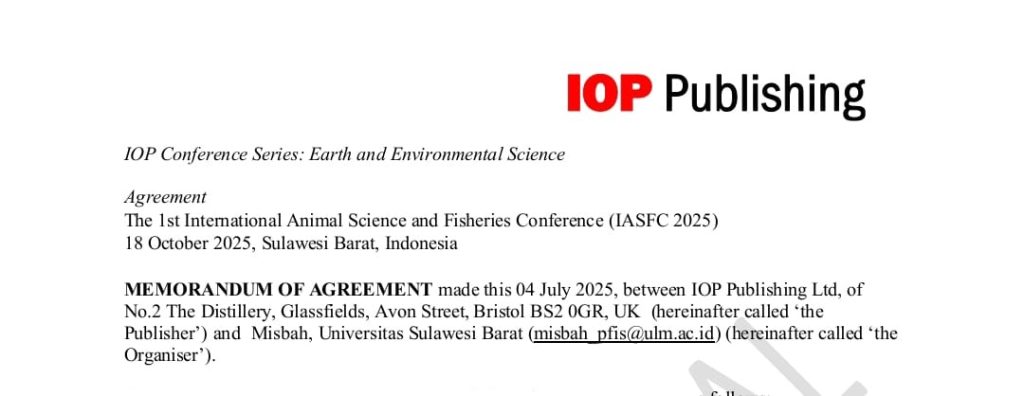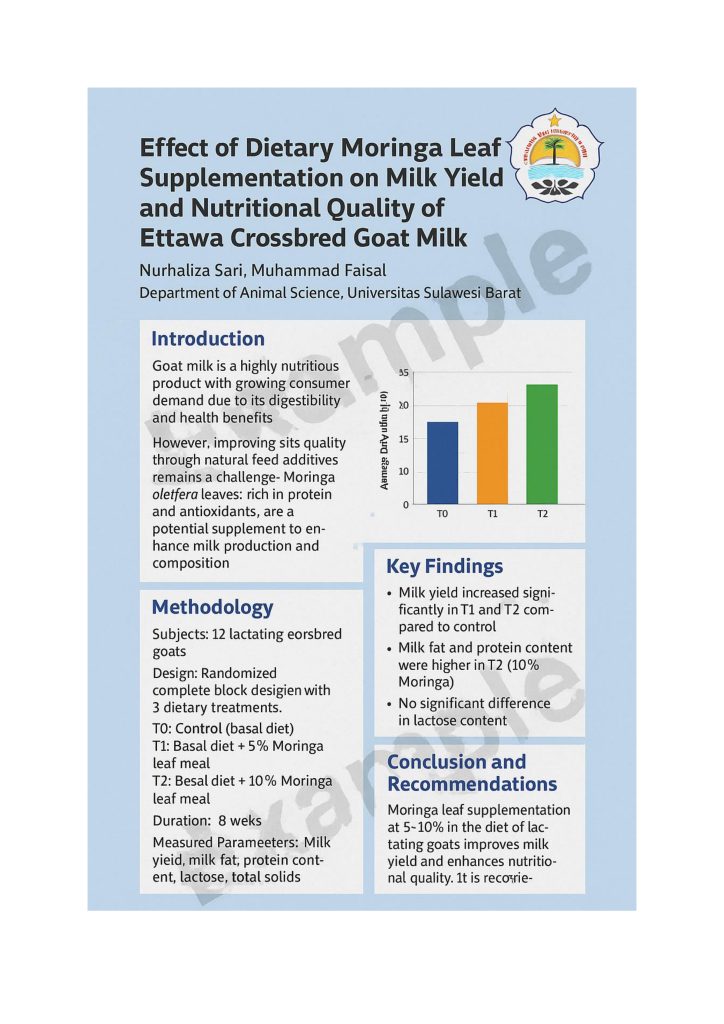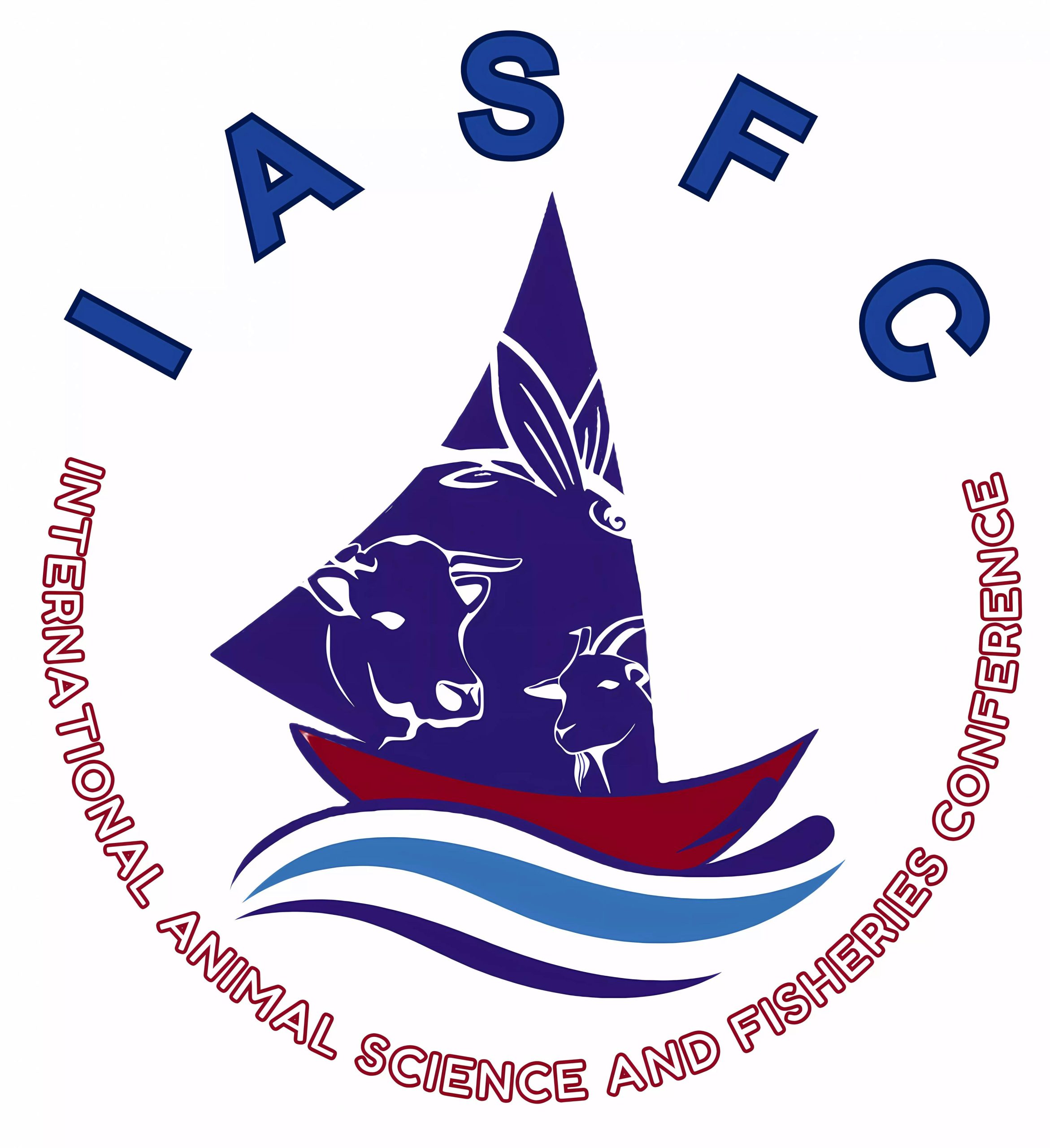For Authors
open registration
1st April 2025
Announcement of Decision for Article
20th September 2025
Full paper and payment
10th September 2025
Deadline for Presentation and Poster File
1st October 2025
Seminar event
18th October 2025
Abstract Template Article
Full Paper Template
Registration & Submission Article

Author Guideline
- File uploaded in Microsoft Word format
- Papers that are not submitted according to the given schedule will not be refunded for registration and publication fees
- Paper that is declared rejected by the EES IOP Publisher will not be refunded (100% of the fee is retained due to the publisher’s charges)
- The Scopus-indexed proceedings are considered equivalent to a Q3 journal.
- Each author is only allowed to submit a maximum of 2 papers (as author &/or co-author).
- The total pages for 1 paper is a maximum of 8 pages.
- Must use the IOP Publishing EES template.
- Must use reference manager tools (Mendeley).
- Follow the minimum paper structure requirements.
- Similarity is a maximum of 20%.
- There are 2 reviewers who will review one paper.
- The paper in the form of Microsoft Word is submitted through the Google Form link.
- Please submit the metadata of all authors according to the number of authors in the paper.
- The email used should be an institutional email, include the address of the institution, and the ORCID of each author.
- Rejected by the publisher, the publication fee will not be returned to the author.
- Article writing follows the template and guidelines for IOP Conference Series proceedings papers.
Poster Guideline
- Each participant must prepare one printed poster measuring 60 × 160 cm, displayed in a vertical orientation (X-Banner format).
- The poster must be clearly legible from a distance of up to 2 meters.
- The poster should include the following sections: (i) Header: Title of the research, name(s) of the author(s), and institutional affiliation(s); (ii) Main content: Comprising Introduction or Abstract, Methodology, Key Research Findings (presented through text, tables, images, photographs, or diagrams), Conclusion and Recommendations, Acknowledgments, and References (optional); and (iii) Footer: May include sponsor or institutional logos, contact details, and the date and duration of the research.
- The layout design of the poster must follow formal and informal balance principles, including: (i) Symmetrical and asymmetrical composition; (ii) Unity in the arrangement of graphical elements, colors, background, and visual flow; ( Effective visual flow that guides the viewer’s eyes through all sections of the poster.
- Posters must be designed using graphic editing software, such as CorelDRAW, Adobe® Photoshop®, Microsoft PowerPoint, Canva, or other equivalent applications. Visual data such as graphs, tables, or photographic documentation may be included.
- Poster authors are required to be present during the designated session as scheduled by the committee, and must be prepared to explain the content of their poster to seminar participants.

